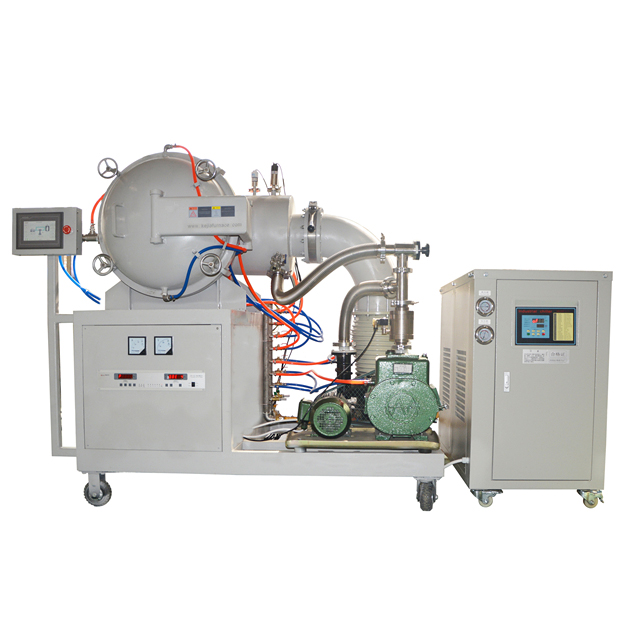Introduction to the basic procedures of powder metallurgy process
Time:2021-03-24 10:49 Click:
Today, Kejia Electric Furnace has sorted out the basic process introduction of powder metallurgy process for everyone, and I will share with you below:

1. Preparation of raw material powder. The existing milling methods can be roughly divided into two categories: mechanical methods and physical chemical methods. The mechanical method can be divided into: mechanical crushing and atomization method; physical chemical method is further divided into: electrochemical corrosion method, reduction method, chemical method, reduction-chemical method, vapor deposition method, liquid deposition method and electrolysis method. Among them, the most widely used are reduction method, atomization method and electrolysis method.
2. The powder is formed into a compact of the required shape. The purpose of forming is to produce a compact of a certain shape and size, and make it have a certain density and strength. The molding method is basically divided into pressure molding and pressureless molding. Compression molding is most widely used in compression molding.
3. Sintering of the briquettes. Sintering is a key process in the powder metallurgy process. The formed compact is sintered to obtain the required final physical and mechanical properties. Sintering is divided into unit system sintering and multi-system sintering. For solid-phase sintering of unit and multi-component systems, the sintering temperature is lower than the melting point of the metals and alloys used; for liquid-phase sintering of multi-component systems, the sintering temperature is generally lower than the melting point of the refractory components and higher than that of the fusible components. Melting point. In addition to ordinary sintering, there are also special sintering processes such as loose sintering, immersion method, and hot pressing method.
4. The subsequent processing of the product. The treatment after sintering can adopt various methods according to different product requirements. Such as finishing, oil immersion, machining, heat treatment and electroplating. In addition, in recent years, some new processes such as rolling and forging have also been applied to the processing of powder metallurgy materials after sintering, and have achieved ideal results.
Please leave a message here. We will reply you in 24 hours.
